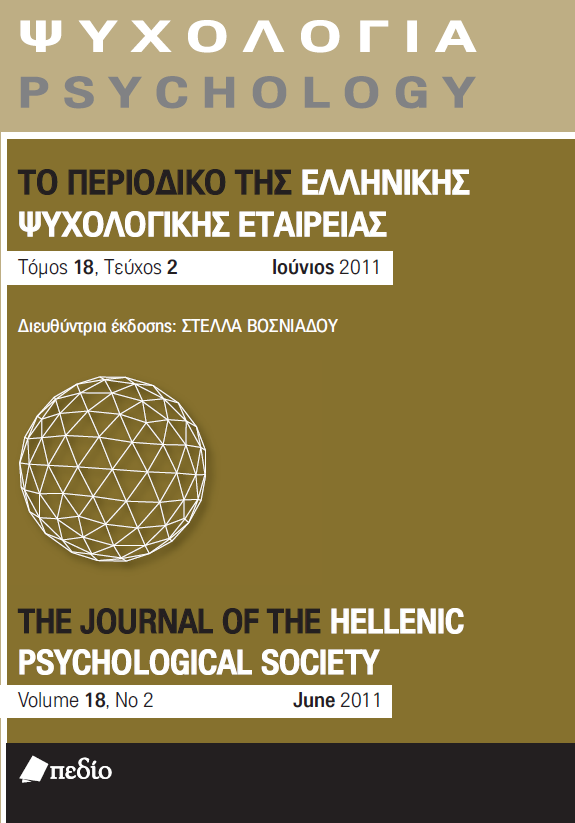Secrets and disclosures: How young children handle secrets

Abstract
The behavior of young children regarding the disclosure of secret information was investigated. Two hundred and nine children, 4-6 years old, participated in an experiment where a puppet, named Zinc, was the protagonist. Children were asked to whom Zinc would disclose pieces of information, some of which are considered secrets. Children could choose between Zinc’s friend, a non-friend, both friend and non-friend, or nobody. Participants were divided in two experimental groups: in the first group a verbal clue was given to the participants that some
information might be secret, whereas in the second group no clue was presented. Results showed that young children, like older individuals, handle secrets and non-secrets differently, choosing either to withhold
secrets or to share them only with friends, but not with non-friends, therefore following the “restrictive selfdisclosure” pattern. In contrast, young children do not withhold non-secret information but share it both with friends and non-friends. However, young children’s behavior is influenced by verbal clues; when verbal clues regarding potential “secrecy” of the information are given, young children tend to treat all of the information as secret.
Article Details
- How to Cite
-
Αναγνωστάκη Λ., & Παπαθανασίου Α. (2020). Secrets and disclosures: How young children handle secrets. Psychology: The Journal of the Hellenic Psychological Society, 18(2), 121–136. https://doi.org/10.12681/psy_hps.23713
- Issue
- Vol. 18 No. 2 (2011)
- Section
- RESEARCH PAPERS

This work is licensed under a Creative Commons Attribution-ShareAlike 4.0 International License.
The journal PSYCHOLOGY adopts a Platinum open-access policy. Submission, processing or publication costs are waived by the Hellenic Psychological Society. Papers published in the journal PSYCHOLOGY are licensed under a 'Creative Commons Attribution-ShareAlike 4.0 International' licence. The authors reserve the copyright of their work and grant the journal the right of its first publication. Third-party licensees are allowed to use the published paper immediately after publication as they wish, provided they retain the defined by the license copyright formalities, regarding the reference to its author(s) and its initial publication in the journal PSYCHOLOGY. Moreover, any adjusted work should be shared under the same reuse rights, so with the same CC license.


